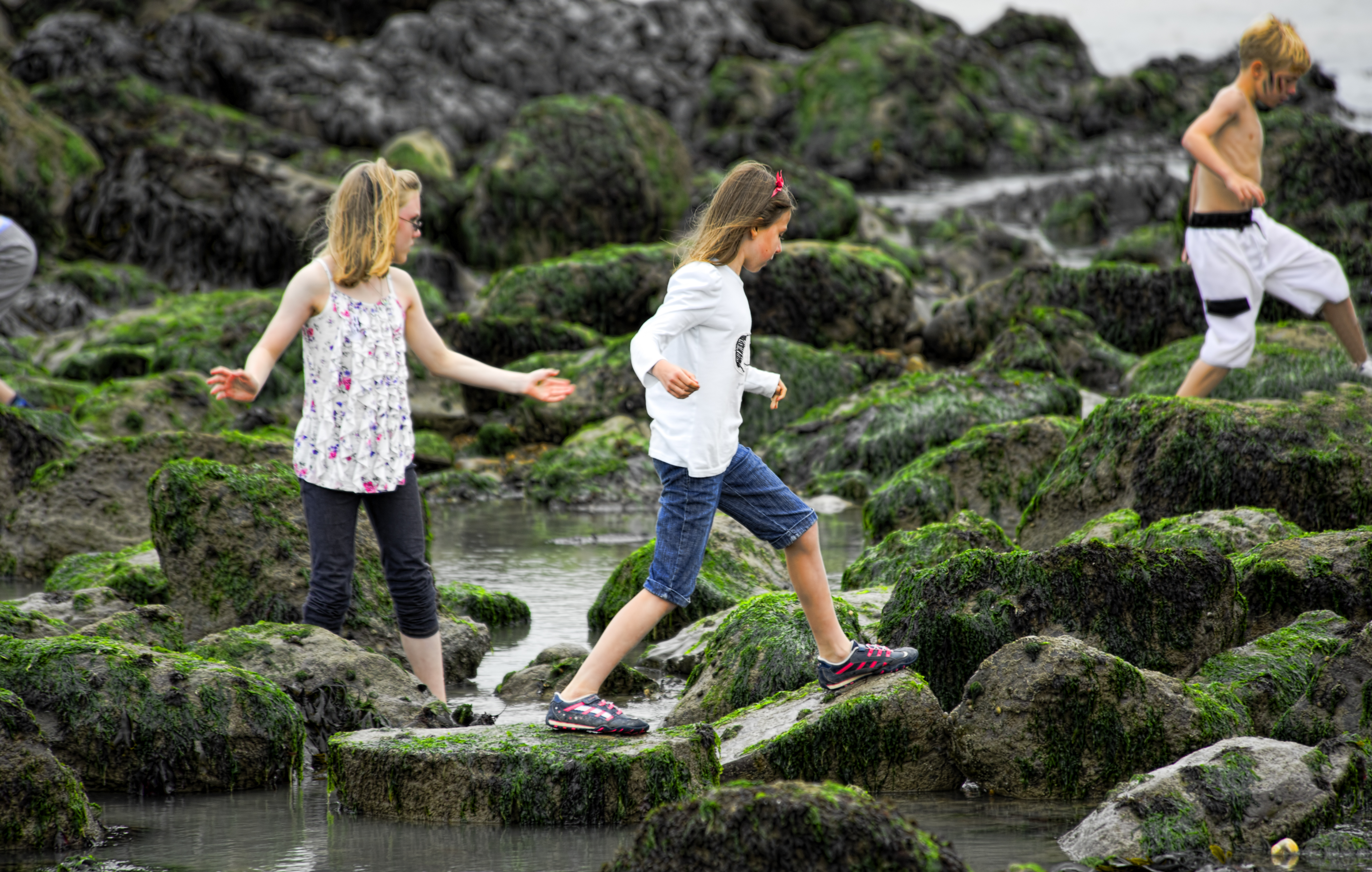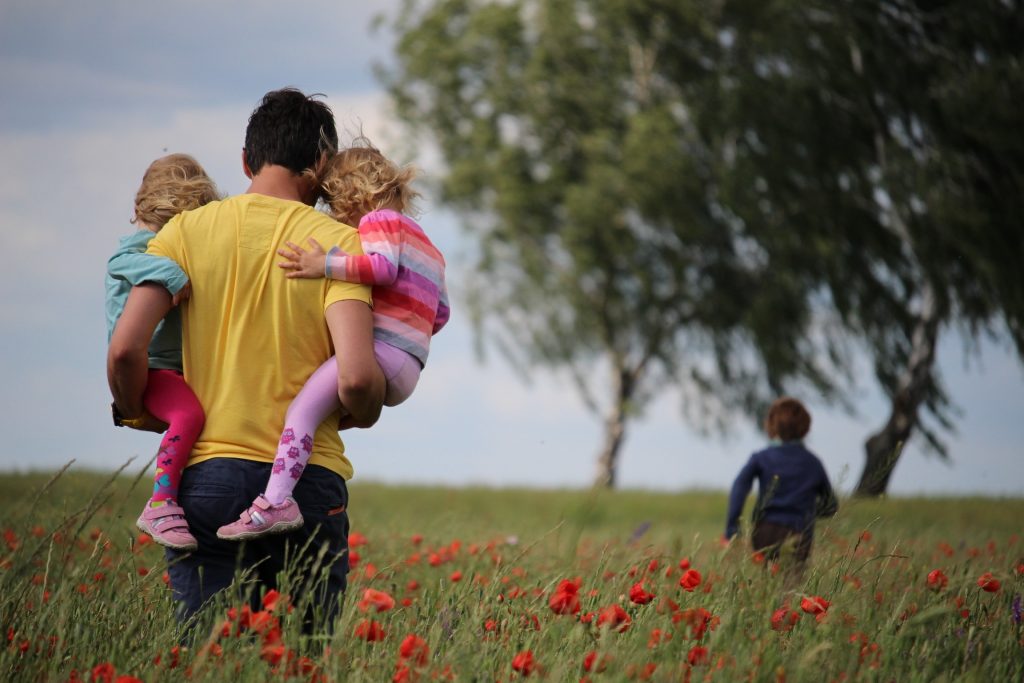Are you teaching mindfulness to your kids? It may be more important than you think.
Imagine it from their perspective…You get to school on time carrying your backpack. It’s filled with hours of finished homework, your computer, phone and lunch. You’re only seven and you’re already running to keep up with a busy schedule. Not just at school but at home too!
You’re tired and just want to play or ride your bike. But after school you have a new list of obligations…
Even the youngest among us are feeling the speed of our accelerating world. I have found that the perfect remedy for the rapid pace of change in our culture is mindfulness and meditation. We can sail through life’s many twists and turns if we practice daily. And, from my own experience, it’s beneficial to include your children in this transformative process.
But how, exactly, do you teach mindfulness and meditation to your kids?

3 Simple Ways to Model Mindfulness for Children
As a mother of four, I believe preaching is not the most effective way to help your kids grasp and integrate mindfulness concepts. Many cultures know that modeling is the best way to teach life skills (look at the animal kingdom!). What your children see you do far outweighs what they hear you say.
What does this look like in practice? Here are a few examples.
First, you need to take daily moments to practice mindfulness with or around your children. “Tuning inward” can be as simple as taking a few deep breaths between the transition from school to home.
Second, when you pick up your children at the end of a busy day, say “no” to turning on the radio and let “the silence” permeate the ride home. They may not appreciate this at first but, if you are resolute and make it a routine, they will eventually use the quiet to recharge and transition for the next phase of their day.
Third, mealtimes are a fantastic opportunity to practice mindfulness with the family. You can start with a little prayer (no religion required). Encourage taking turns to speak with each other.
You can model a mindful dinner in two simple ways. First, eat slowly and with intention, savoring the food. Second, stay non-reactive to skirmishes when they arise. The power of this practice is your own transformation in the moment.
Whether they know it or not, your children will feel that the quality of your awareness has shifted. You are relaxed, aware, deeply grounded, and totally tuned in. Your calm awareness becomes the ground and baseline form everything that happens at the table.
And when you show your genuine pleasure and gratitude for the meal, your kids get it at a gut level. It’s a great example for your children, and it can become part of your own daily practice as well.
Transforming Ordinary Moments into Pure Pleasure
Another part of my children’s “mindfulness training” is this. I have always made it a point, no matter how busy we are, to stop and pay attention to the little things.
Even in a parking lot, you can find a cute bug or an interesting tree. During regular trips to Target, we always stop for a moment after getting out of the car and look around. This simple act helps to slow everyone down and increase their awareness.
I let the children climb on the huge Target “red ball” that sits near the entrance and they laugh and enjoy. Sometimes people look at us, but we are too absorbed and happy to notice.
In this way, you can transform ordinary moments into pure pleasure if you stop and practice mindfulness. And the more you do it, the easier it gets.
When these special moments are strung together, your days and years become more meaningful. The awareness of time fades and you live in the space of timelessness. For kids, this is as natural as breathing. It is for you and me too, when we start to practice.
Seeing the Fruits of Your Efforts
And this is really the beauty of this approach to teaching mindfulness to your children. You just do it. Practice mindfulness yourself, and the rest will follow.
Granted, you do have to make the effort to keep evolving and growing in your practice. That’s the only way you can develop a real love and capacity for the calm waters of limitless awareness. But that’s what your children will respond to…before thought.
A small woodland lies directly next to the library, where I take the children each week. On our many visits there over the years they run to climb the big trees and dump their sacks of new books on the grass.
The next obligation is always waiting, but this ritual of stopping to reconnect in nature has become an event in itself. I always sit on the park bench as the children run and climb.
Often I close my eyes and connect to my inner wellspring feeling deep gratitude. Recently, when I looked up from the bench I noticed that my kids were also in a mindful moment under a tree with their eyes closed. After many years, it’s starting looks like all that mindfulness and meditation training is taking root and becoming their own.
By Betsi Iris Mufson MSW



